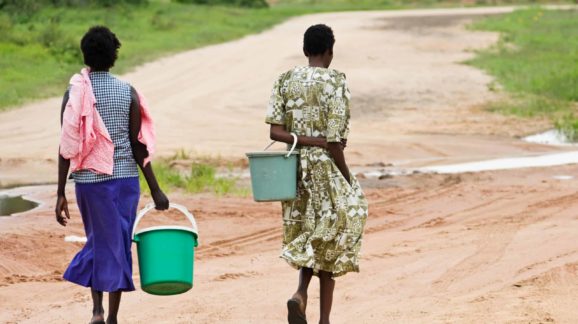Polluted Logic Taints WHO Reports on Children’s Health

The Competitive Enterprise Institute today released new analysis that counters the United Nations World Health Organization’s (WHO) recent misleading and irresponsible assertions that pollution poses greater health challenges in developing countries than the lack of economic growth and development.
CEI Senior Fellow Angela Logomasini, author of “Polluted Logic Taints WHO Reports on Children’s Health” said:
“Recent WHO reports create an inaccurate and incomplete impression that ‘industrial pollution’ is at the core of children’s mortality rates in the developing world. By defining children’s health challenges as driven by environmental hazards, the WHO fails to address the real issue—poverty. The WHO identifies urbanization, industrialization, and globalization as part of the problem, these three processes are necessary for economic development. Economic growth has helped millions around the globe rise out of poverty and address public health challenges. Rather than focus on pollution, the WHO should policies that have helped make real progress possible: open trade and economic liberalization.”
Logomasini identifies four major shortcomings of the WHO reports: the use of a broad and confusing definition of pollution; failure to distinguish between political and economic causes of pollution; ignoring the critical public health benefits associated with various modern technologies; and failing to acknowledge the importance of economic growth in making public health strides.
More importantly, the WHO reports fail to emphasize their key findings that highlight how free-market policies and innovations including the use of the world’s leading source of electricity, fossil fuels, and pesticides to fight insect-borne diseases have benefited developing countries. These advancements were ignored by news:
- Child mortality has been halved, from 12.7 million under five deaths in 1990 to 5.9 million in 2015.
- The proportion of underweight children dropped from 25% in 1990 to 14% in 2015, but in 2015, 156 million children under five were stunted and 50 million wasted. At the same time, obesity is rising rapidly.
- In 2015, 91% of the global population used an improved drinking-water source, compared with 76% in 1990. 2.6 billion people have gained access to improved water in this time.
- Since 1990, 2.1 billion people have gained access to improved sanitation, and the proportion of people practicing open defecation has been reduced almost by half.
- Diarrheal disease-caused deaths in children under five have fallen from 1.2 million in 2000 to 526,000 in 2015.
- From 2000 to 2015, the number of malaria deaths in children under five has declined by 58%, both globally and in the WHO Africa Region. The proportion of children under five sleeping under insecticide-treated nets in sub-Saharan Africa has increased from 2% in 2000 to 68% in 2015.
- Lead has been removed from most petrol, with the number of countries using leaded petrol for vehicles dropping from 82 in 2002 to only 3 in 2016. 62 countries have now begun to phase out lead in paint (as of June 2016).